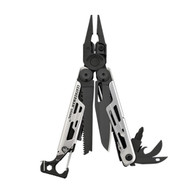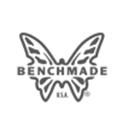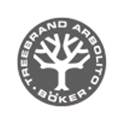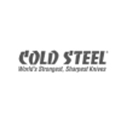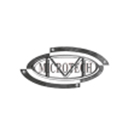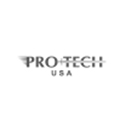A Leatherman Pocket Knife and a Vindication of 420HC
15th Apr 2024
Take a look at a Leatherman pocket knife from our website, perhaps the Signal or one of the Free K2 folders we offer.
Notice anything familiar? Ostensibly these two models are as different as two Leather pocket knives/multi tools could be, but there is one big thing they share in common.
It’s the composition of the blade steel, which is 420HC. If you’re not familiar, it’s the steel made famous by Buck Knife Company.
More important is the reason that Buck was able to do so much with it. It’s generally considered a sort of low-quality alloy. Buck has a marvelous heat treatment process that makes it better than it has any right to be.
It’s actually the case that some knife snobs will say to look the other way if a knife has a 420HC blade unless it is an American-made Buck.
But this is not fair. There are reasons that 420HC deserves a little more credit, even though it is far, far from a super steel.
To understand these, let’s take a look at the criticisms first.
Why 420HC (Usually) Gets a Bad Rap
This alloy - 420HC, in which the HC stands for “high carbon” - is an upgrade to an older alloy known simply as 420.
In the original alloy, carbon content usually ranges from .12% to .14%. That’s pretty low, by any standards.
In 420HC, the carbon content gets a bump to anywhere between .44% to .6%. Still not high; after all, consider that 1095 has .95% carbon - but not bad.
It’s hardly high carbon except by comparison to its younger relative. With that said, this low carbon content is the main reason for most of the gripes associated with 420HC.
Namely, it is a very soft steel that does not respond well to most conventional heat treatment processes (Buck aside).
Not responding well meaning not that it’s a bad steel, but that it doesn’t form carbides effectively and just doesn’t take an edge well.
Sure, there are some grades that you can get very sharp, but that won’t last for long. Generally, 420HC will only hold an edge for a day or two of regular use before it needs to be resharpened, and that is no exaggeration.
To be frank, that about sums up most peoples’ gripes with this steel alloy, which, in the grand scheme of things, is really not that bad. In fact, it opens the door to a whole world of potential positives, which we are about to explore, and which we think substantiate, even vindicate, this steel.
Why That Shouldn’t Be the Case
So 420HC has a low carbon content and that means it’s pretty much impossible to make it really hard.
No big deal. There are a lot of reasons that a soft steel is actually a good thing and not a bad one.
Let’s look at axes as an example. These are both cutting and striking tools, right? They need to be able to take and hold an edge, but it’s more important that the edge doesn’t chip, and the head doesn’t break.
This is the precise reason that many axes are made with 1045 or 1055, which, as you might imagine, have .45% and .55% carbon content, respectively.
It is expressly because these alloys are low in carbon - that is why they make good steels for striking implements.
The softer the steel, the less likely it is for the edge to chip or for the whole thing to snap or shatter. You don’t want that in an ax, and frankly you don’t want it in a knife either.
So, with the soft steel, and its territory, you get an incredibly tough alloy. You can bang on most 420HC blades pretty hard and beat them up and they’ll hang in there much of the time.
The fact that this alloy is so soft (most of the time) also means that it’s fairly easy to sharpen, all things considered. This is a bonus for craftsmen and sportsmen, who are more often in the field than they are at their bench. Sharpening with a pocket stone is no big deal, and quite easy.
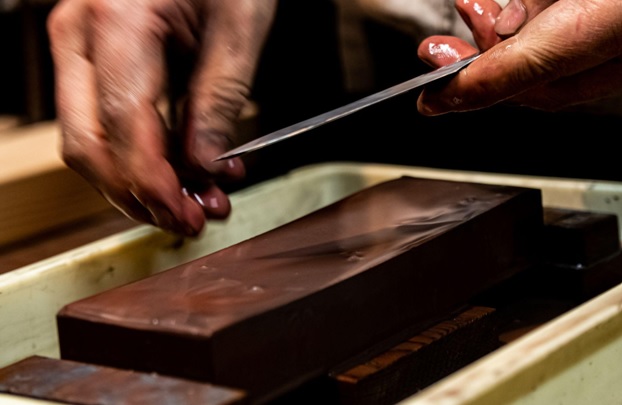
But general durability and ease of sharpening only constitute part of the draw of this alloy. Another is its exceptional corrosion resistance.
This alloy rests comfortably, head and shoulders, above other comparably alloys. Take, for instance, 1095, D2, and other tool steels. All will rust much more readily than 420HC. In fact, 420HC can be used confidently even in marine environments with minimal risk. You might get a little rust bloom, but that can be easily rectified. Try that with 1095. Actually, on second thought, don’t.
There’s one more big credit that 420HC deserves that some of you might be thinking so let’s address the elephant in the room. This is a true budget steel but it doesn’t perform like one other than the fact that it is soft.
There are some expensive knives out there made with 420HC blades - like Buck, Gerber and a Leatherman pocket knife or two - but let’s be honest, you’re paying more for the brand than you’re paying for the steel.
At least, by right, this alloy is one that is really easy to produce and which commands a fairly low resale price. In other words, knives and tools made with 420HC are cheap, and a dime a dozen.
Treat Yourself to a New Leatherman Pocket Knife (You Won’t Regret It)
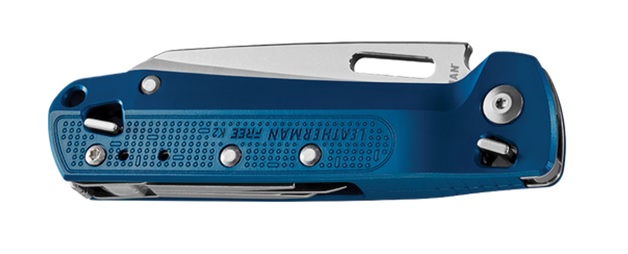
The knife steel is just one of a number of reasons to love a Leatherman pocket knife like a Signal or a Free K2.
In the case of the former, alone, you’re getting a ton of different tools and functions, including but not limited to pliers, wire cutters, a saw and a hammer, but also a bunch of other unique tools like a whistle, a sharpening rod, and a ferrocerium fire starter.
That’s a bargain at that price. The point here is this. Don’t let the steel alone turn you off. There are some great tools made with it.

